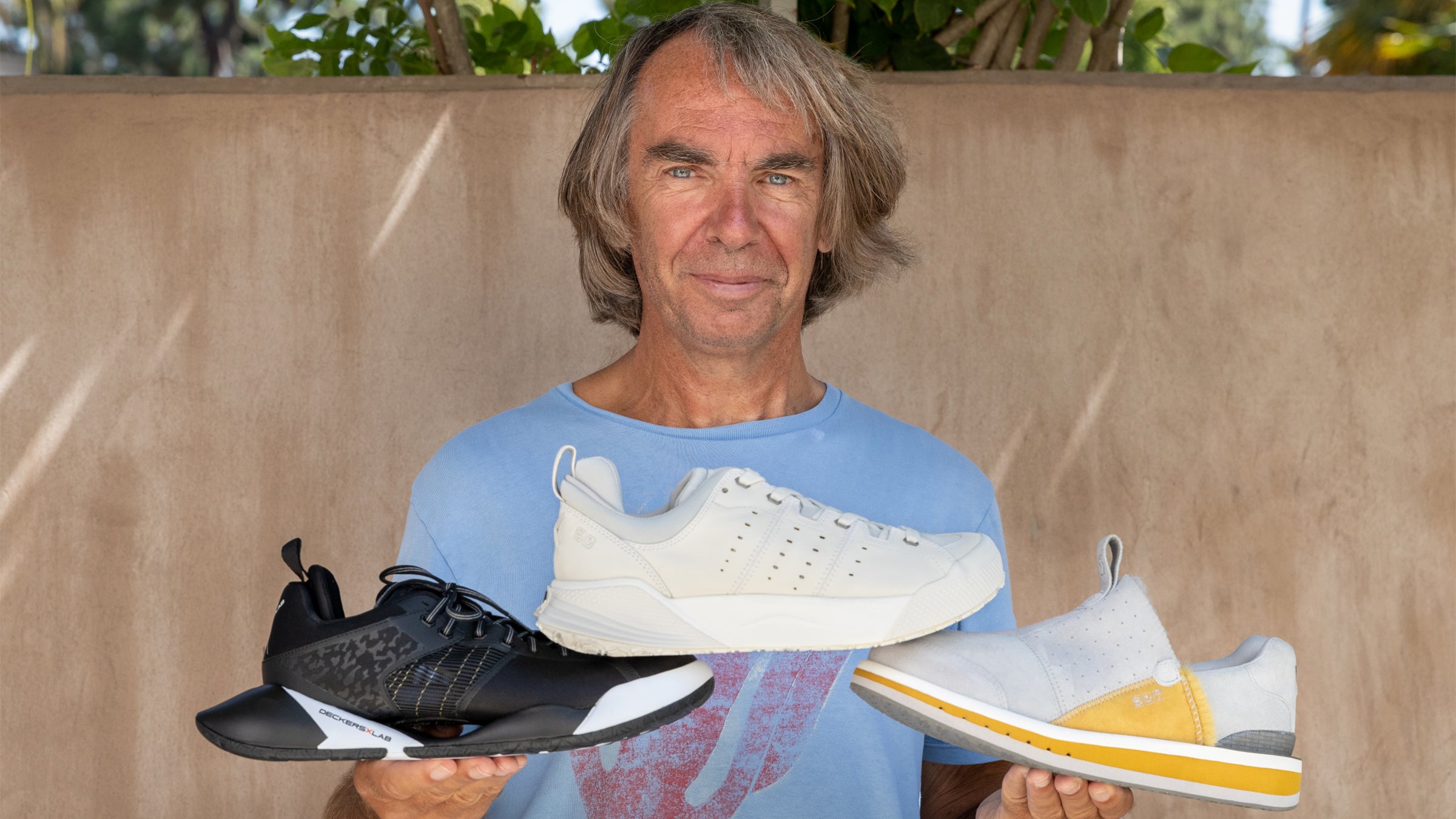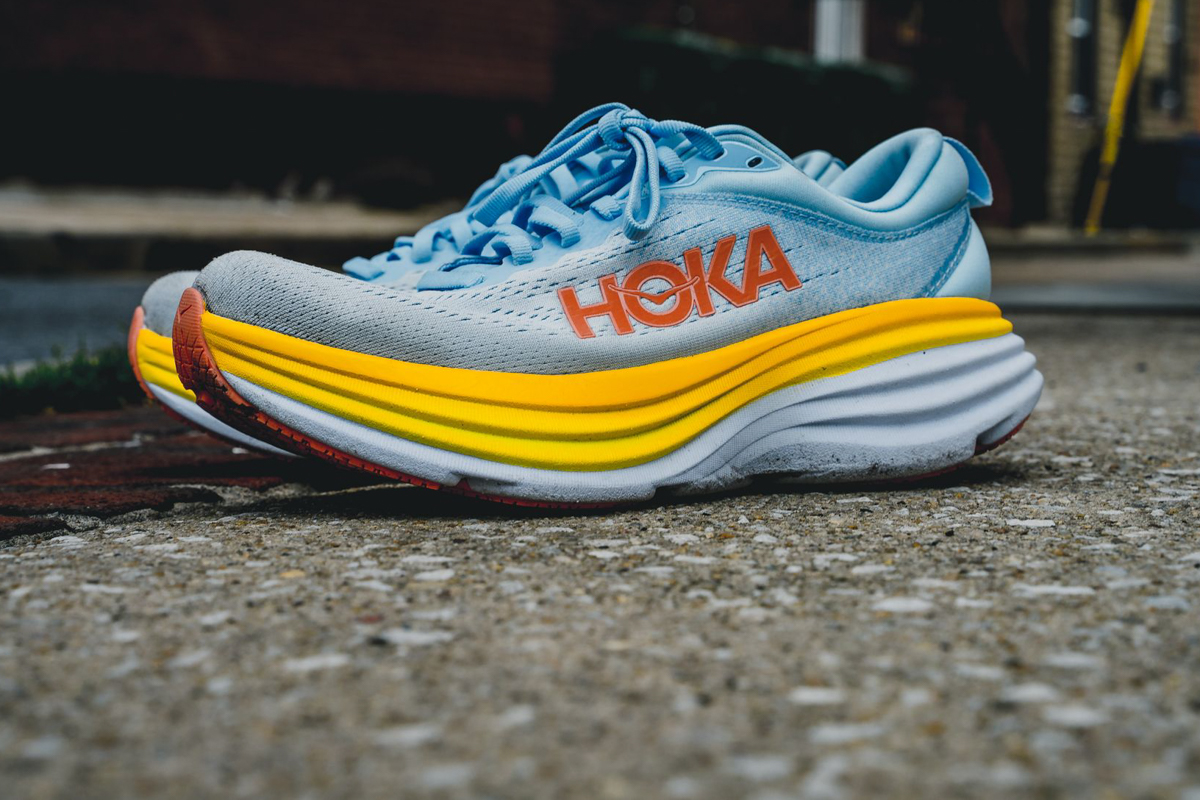If you’re a running enthusiast, a hiker, or just someone who values comfort in everyday footwear, chances are you’ve heard of Hoka One One shoes. But do you know who actually makes Hoka shoes and what sets them apart from other brands? In this comprehensive guide, we’ll dive into the history, craftsmanship, real-world footwear experiences, and insights that will equip you with all you need to know about Hoka shoes.
Understanding Hoka One One: A Brief History
Hoka One One was founded in 2009 by Nicolas Mermoud and Jean-Luc Diard, two French trail runners who sought to create a shoe that would enhance performance on downhill runs. Their vision was to design a footwear line that provides superior cushioning without sacrificing weight. This led to the development of a unique, maximalist design that has since gained a cult following among runners, hikers, and everyday shoe wearers alike.
Originally, Hoka shoes attracted attention for their distinctive look, characterized by oversized midsoles and vibrant colors. But beyond aesthetics, the brand quickly carved a niche by emphasizing the importance of comfort and support. As the brand matured, it expanded its product line to include shoes suitable for a variety of sports, including road running, trail running, and walking.
Hoka was acquired by Deckers Brands in 2013, a move that enabled the company to leverage Deckers’ extensive distribution networks and marketing capabilities. This acquisition helped propel the brand into the mainstream, making Hoka shoes a staple in the footwear industry.

The Manufacturing Process Behind Hoka Shoes
Hoka shoes are manufactured using advanced materials and technologies that focus on performance and comfort. The production primarily takes place in Vietnam, where skilled workers craft each shoe under strict quality control measures. The shoes feature lightweight EVA foam, which provides exceptional cushioning and rebound, making them favorites among athletes.

Key Materials Utilized in Hoka Shoes
- EVA Foam: Ethylene-vinyl acetate is the primary cushioning material used in Hoka shoes, designed for optimal shock absorption.
- Meta-Rocker Technology: This innovative technology promotes a smooth transition from heel to toe, enhancing the running experience.
- Durable Outsoles: The outsoles are engineered to offer traction and durability, making them suitable for various terrains.
- Breathable Mesh Uppers: These ensure ventilation and keep your feet dry during intense activities.

Real-World Footwear Experiences: Case Studies of Hoka Users
To understand the true value of Hoka shoes, we gathered experiences from everyday users who incorporated Hoka into their footwear rotation. Here are a few case studies.

Case Study 1: Long-Distance Runner
Julia, a marathon runner from California, switched to Hoka shoes after experiencing discomfort in her previous footwear. She chose the Hoka Clifton 7 for its plush cushioning and lightweight design. “I completed my first marathon in Hoka shoes, and I can’t imagine running without them now. The comfort level is unmatched; I felt like I could run forever!” Her experience highlights how Hoka’s cushioning technology can significantly enhance long-distance running.

Case Study 2: Hiker’s Paradise
Tom, an avid hiker who frequently explores rocky terrains, opted for the Hoka Speedgoat 4. “These shoes have transformed my hiking experience. The grip on uneven surfaces is fantastic, and I never feel fatigued, even on the longest trails.” Tom’s story illustrates the versatility of Hoka footwear beyond running, proving effective for multiple outdoor activities.

Case Study 3: Casual Wear
For those who appreciate comfort in everyday life, Sarah, a teacher, wears the Hoka Bondi 7. “I’m on my feet all day, and these shoes are lifesavers. They offer support and cushioning that keep me energized throughout my long hours at school.” Her feedback shows how Hoka shoes can also serve well for casual, everyday use.

Comparing Hoka Shoes to Other Popular Footwear Brands
When considering Hoka shoes, it’s essential to compare them to other popular brands in the footwear market to see how they stand out. Below is a comparison of Hoka with notable competitors.

| Brand | Cushioning | Weight | Durability | Price Range |
|---|---|---|---|---|
| Hoka One One | High | Lightweight | Good | $120 – $300 |
| Brooks | Medium-High | Varies | Good | $100 – $200 |
| Asics | Medium | Heavier | Very Good | $90 – $250 |
| New Balance | Medium-High | Varies | Good | $80 – $200 |
This comparison table highlights Hoka’s emphasis on high cushioning and lightweight design, making them suitable for those prioritizing comfort and support in various activities.
Pros and Cons of Hoka Shoes
As with any footwear, Hoka shoes have their strengths and weaknesses. Here’s a breakdown to help you make an informed decision.
Pros
- Extreme Cushioning: Hoka shoes offer some of the best cushioning available, which can reduce fatigue over long periods.
- Versatility: Suitable for running, hiking, and casual wear.
- Unique Design: Their distinctive look has garnered a stylish reputation among fashion-conscious buyers.
- Supportive Features: Meta-Rocker technology enhances stride efficiency.
Cons
- Price: Hoka shoes can be pricier than some traditional brands.
- Bulky Appearance: Some users may find the oversized design less aesthetically appealing.
- Size Variability: Sizing can differ across models, requiring careful selection.
Tips for Choosing the Right Hoka Shoes
Choosing the right Hoka shoes can make all the difference in your comfort and performance. Here are some tips to help you find your perfect pair:
1. Understand Your Needs
Consider your primary use case—are you running, hiking, or using them for casual wear? Different models cater to various activities, so identifying your needs first is crucial.
2. Try Before You Buy
Whenever possible, visit a store to try on different models. Hoka shoes fit differently depending on the model, so it’s essential to ensure a comfortable fit.
3. Check the Cushioning Level
Hoka offers various cushioning levels; some people prefer more plush options, while others may want a firmer feel. Don’t shy away from asking an associate for recommendations based on your activity level.
4. Read Reviews
Look up reviews and testimonials online. Many users share their experiences and insights that can guide your decision-making process.
5. Consider Size and Width
Hoka footwear comes in various widths, so ensure you select the right size that accommodates your foot shape comfortably.
Product Highlights of Popular Hoka Models
Here’s a quick overview of some popular Hoka shoe models that stand out in the market:
Hoka Clifton 8
- Cushioning: Provides plush cushioning for long-distance running.
- Best For: Road runners seeking comfort.
- Weight: Lightweight design.
Hoka Bondi 7
- Cushioning: Maximum cushioning for a soft ride.
- Best For: Casual wear and recovery runs.
- Weight: Heavier than other models, but offers excellent support.
Hoka Speedgoat 4
- Cushioning: Aggressive cushioning for off-road running.
- Best For: Trail runners and rugged terrains.
- Weight: Slightly heavier due to durable materials.
FAQs About Hoka Shoes
1. Are Hoka shoes good for wide feet?
Yes, Hoka offers options for wide feet, ensuring a comfortable fit for individuals requiring more room.
2. Can I use Hoka shoes for hiking?
Absolutely! Many Hoka models, such as the Speedgoat, are designed specifically for hiking and trail running.
3. How do Hoka shoes compare to traditional running shoes?
Hoka shoes typically offer more cushioning and support than traditional styles, catering to those who prioritize comfort over minimalism.
4. Do Hoka shoes run true to size?
Generally, Hoka shoes do run true to size; however, it’s advisable to try them out due to variation in models.
5. Are Hoka shoes suitable for flat feet?
Yes! They are designed with arch support, making them suitable for individuals with flat feet.
6. What’s the lifespan of Hoka shoes?
Typically, Hoka shoes last between 300 and 500 miles, depending on your running style and the surfaces you run on.
7. Do Hoka shoes come with a warranty?
Hoka offers a limited warranty on their shoes; details can usually be found on their official website.
8. Can I wash my Hoka shoes?
It’s best to hand wash them with mild soap and water to maintain their shape and cushioning.
9. Do Hoka shoes offer good arch support?
Hoka shoes are known for providing excellent arch support, suitable for various foot types.
10. How should I break in my Hoka shoes?
Gradually wear them for short distances before long runs to allow your feet to adjust to the new technology.
11. Where can I buy Hoka shoes?
Hoka shoes are available at various online retailers, physical stores, and the official Hoka website.
Conclusion
Knowing who makes Hoka shoes and understanding their unique features can greatly influence your footwear choices. Hoka’s commitment to comfort, performance, and quality craftsmanship sets them apart in the crowded footwear market. Whether you’re running a marathon, hiking a challenging trail, or simply looking for comfortable shoes for everyday wear, Hoka has a model that can cater to your needs. With real-world testimonials and in-depth analysis provided in this guide, you’re now better equipped to make an informed purchase decision.
So, if you haven’t tried Hoka shoes yet, it might be time to experience the difference for yourself!